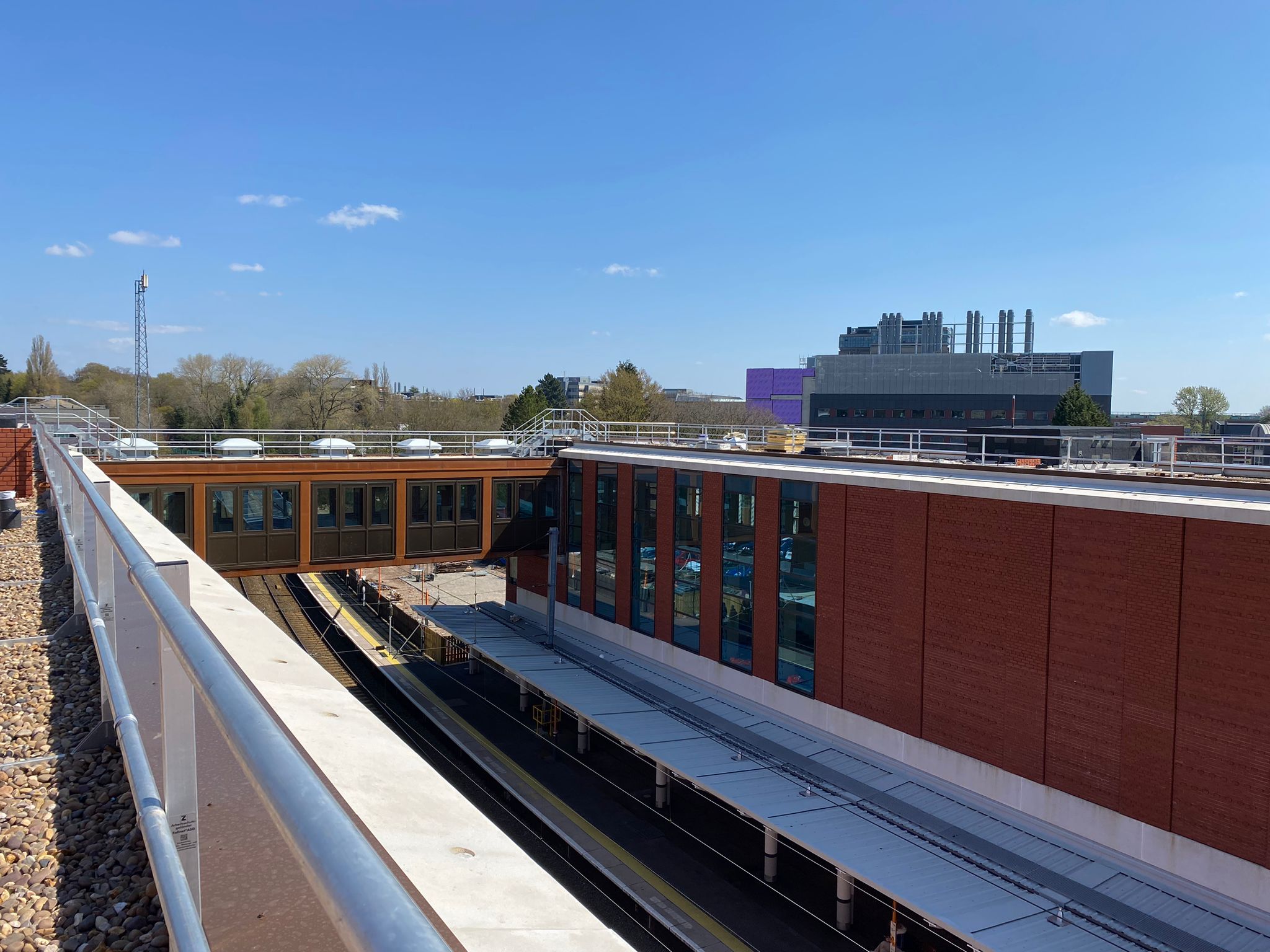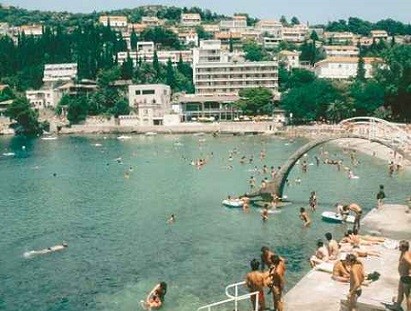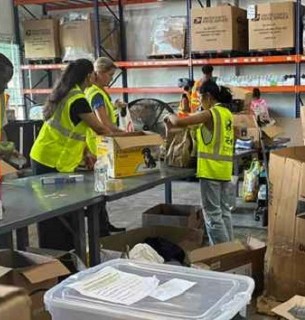Residents, students and staff are being invited to help create a mosaic for the new University Railway Station building ahead of its opening later this year. The local community, including students of the University of Birmingham and patients of the Queen Elizabeth Hospital, will be able to create clay tiles which will feature in the finished art work.
Tiles can be designed by pressing clay tools, letters or any other items into the clay to create patterns, words or shapes. The tiles will then be brought together to create the mosaic, which will depict a University Railway Station logo for display at the station. The new station buildings are nearing completion as part of a major redevelopment to replace out of date facilities and massively increase passenger capacity.
The West Midlands Rail Executive and Transport for West Midlands have commissioned Maud Milton and Artyface Community Art, who specialise in community led public art, to produce the mosaic. They have created and installed mosaics for numerous schools and railway stations in London.
A pop-up session is at the Teaching and Learning Building in the University’s Edgbaston Campus on Tuesday 6 June, 3-6pm. It is free to attend this session and print your own clay tile. More information on the pop-up session is available on the West Midlands Rail Executive website.
When the mosaic is complete, it will be displayed as a lasting piece of art that represents the people and institutions that the station will serve for decades to come. A similar mosaic has been created for Perry Barr railway station, with the help of families, local residents and community groups. This mosaic is due to be installed and unveiled in the coming weeks.
Public art mosaics were part of Birmingham tradition in the 1960s when the Queensway Ring Road was built. In July 1968, a J. F. Kennedy mosaic memorial designed by Kenneth Budd was erected outside St Chad’s Cathedral before being demolished when the road system was redeveloped in 2007.
In 2013, a new version of the mosaic was created using new materials and installed in the city’s Irish Quarter on Floodgate Street in Digbeth.











